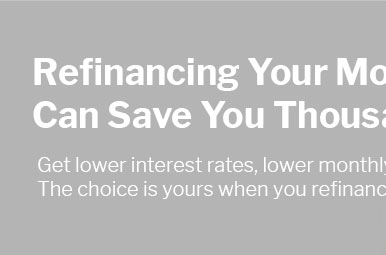 |
 |
 |
 |
|---|
 |
||
|---|---|---|
 |
||
 |
||
 |
||
 |
||
 |
 |
 |
 |
 |
 |
mortgage refinance florida: a beginner’s guide for smarter monthly paymentsWhy homeowners consider refinancingRefinancing can lower your rate, shorten your term, or unlock equity through a cash‑out option. Many Florida owners use a rate‑and‑term refinance to reduce interest or move from an ARM to a stable fixed loan, while others choose cash‑out for renovations or debt consolidation. The key is comparing total costs to your expected savings. Florida-specific factorsInsurance matters more here: wind and flood premiums can raise your escrow and affect the new payment. Condo owners should confirm HOA budgets and reserves, which appraisers and lenders consider. Refinancing generally does not affect your Homestead Exemption or Save Our Homes cap if title and primary residence status stay the same. What lenders review
Costs and timelineExpect closing costs around 2–4% of the loan; discount points are optional. Many loans close in 30–45 days. Estimate a break‑even: total costs divided by monthly savings. Simple path to get started
https://www.bankrate.com/mortgages/mortgage-rates/florida/
Current mortgage rates in Florida. As of Saturday, March 15, 2025, current interest rates in Florida are 6.74% for a 30-year fixed mortgage and 6.14% for a 15- ... https://www.midflorida.com/personal/home-loans/home-refinance
As interest rates decrease, refinancing your existing mortgage for what you currently owe could bring your monthly payment down, providing you the opportunity ... https://www.nerdwallet.com/mortgages/mortgage-rates/florida
Today's mortgage rates in Florida are 6.772% for a 30-year fixed, 5.942% for a 15-year fixed, and 7.155% for a 5-year adjustable-rate mortgage ( ...
|
|---|